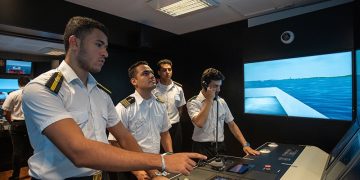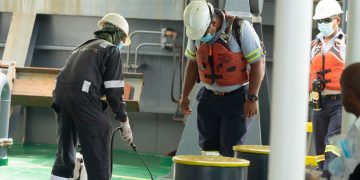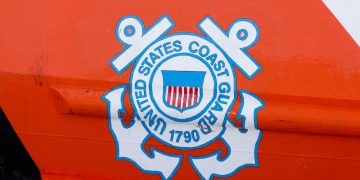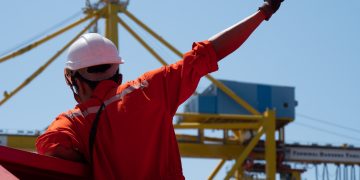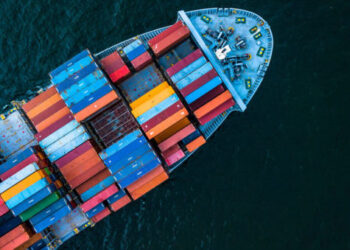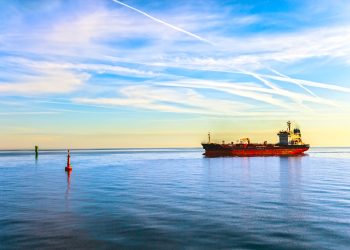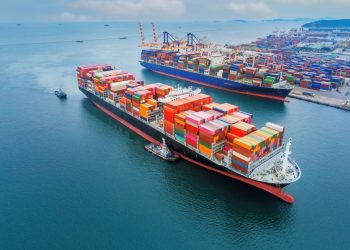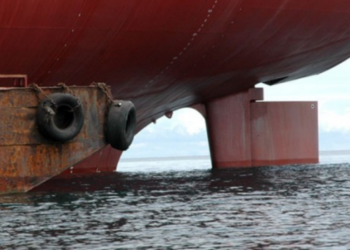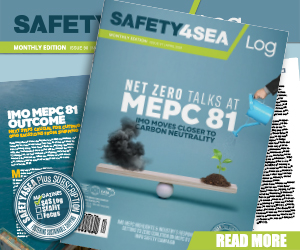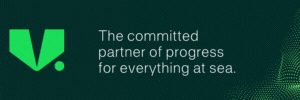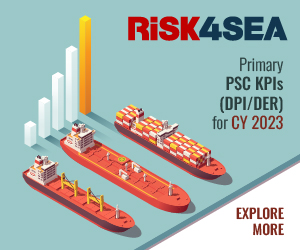Safety surveys are an effective way for all organizations to obtain a complete picture of day-to-day work and safety practices. These are surveys which are being conducted regularly across all personnel to detect unsafe conditions due to unsafe and unauthorized activities. In essence, it is an organization’s internal systematic evaluation to check safe operations and practices as well as an opportunity to suggest improvements on safety issues and an integral part of the safety management system.
Read in the series
- Safety Management: Why SMS are important
- Safety Management: How can shipping companies become High Reliability Organizations?
- Safety Management: Safety Culture vs Safety Climate – What’s the difference?
- Safety Management: Measuring Maturity
- Safety Management: Why Quality is important among shipping organizations
- Safety Management: Why audits are important
- Safety Management: Learning about Safety Surveys
- Safety Management: Evaluating a Crew Resource Management training
- Safety Management: How post-incident reviews can be a useful tool
- Safety Management: How to define and measure KPIs effectively
For example, in the shipping industry, the evaluation of a shipping company’s SMS (Safety Management System) can lead to important conclusions with respect to its safety performance on condition that all personnel participates with the aim to provide constructive feedback for improvement. In this regard, Safety Surveys, which are being conducted voluntarily not only for SMS evaluation but for other purposes as well, can assist to provide in general a clear picture of company’s safety status.
Safety Surveys explained
Safety Surveys are consisted of a set of statements concerning the operational and individual safety. For analysis purposes, they are grouped into safety climate aspects which are called ‘safety factors’. Participants are requested to evaluate these factors as per an evaluation system of preference (e.g. from 1 to 5) to demonstrate their level of agreement or disagreement.
Namely, personnel will be asked to take part in surveys based on safety climate questionnaires, which should be answered, during working hours. There should also be mentioned that employees participate in the survey voluntarily, anonymously and the whole procedure is treated as confidential.
Important Safety Factors
Hereabove are listed some of the safety factors that mainly are of interest for the shipping companies and aim to draw important conclusions about their safety maturity level:
- Communication: For many reasons, communication within an organization should be effective and properly established through vertical and horizontal channels within the organizational chart.
- Mutual trust: Trust is vital among the company’s workforce. Trust grows between employees and the top management but employees trust peers’ actions as well. When mutual trust exists within an organization, any concerns or fears are reported and discussed effectively.
- Feedback: There is no reason to conduct incident investigations, if their outcomes are not being followed up and discussed; surely, this procedure is related to the effectiveness of the communication.
- Promotion of Safety: Considering that safety starts from top, this factor mostly concerns the top management which should follow the “lead by example” principal. In this regard, Managers need to follow the safe path, demonstrate values, always act after taking the appropriate precautions and assess each operation accordingly.
- Safety Awareness: Workplace safety is very important for each and every employee in the industry because all workers desire to work in a safe and protected environment. Thus, employees need to be aware of their responsibilities regarding safety and act, as individuals and as a team, in order to promote safety practices and support continuous improvement.
- Responsiveness: It means that employees –especially crew members onboard vessels- are always alerted and ready to act properly during unexpected events and emergencies. Of course, the responsiveness is achieved through training and familiarization with the related procedures/systems/equipment.
- Problem identification: When any failure appears, workforce needs to recognize and identify the problems. In this regard, personnel should have appropriate training, knowledge and experience concerning unsafe actions or behaviors.
- Empowerment: Any organization is responsible to promote safety in many ways. In fact, empowerment can work as a safety improvement tool therefore, it is important the top management to point out unsafe behaviours and convey the importance of maintaining safety; to foster a model safe behavior; and keep employees inspired. An inspired employee is not only more productive, but is also more likely to value the safety of co-workers.
The results of a Safety Climate Survey should be reported among all employees, as their main scope is not just to define company’s level regarding safety compliance but mainly to identify the areas for improvement. This practice is essential for the workforce to understand their responsibilities about safety not only for themselves and also for their co-workers, the company and the environment as a whole. In addition, the findings of these type of surveys should be made available across the organization and discussed, suggesting also desired behavior that would lead to improvements.
Safety Survey: An example
During a safety survey, conducted by company’s management, employees had to respond to 10 Safety Awareness items, with scores on each item ranged from 1 to 5. High scores indicated the strong areas of company’s safety culture while lower scores indicated the areas needed improvement.
The table below presents average results for all 10 Safety Awareness items (figures used only for example purposes):
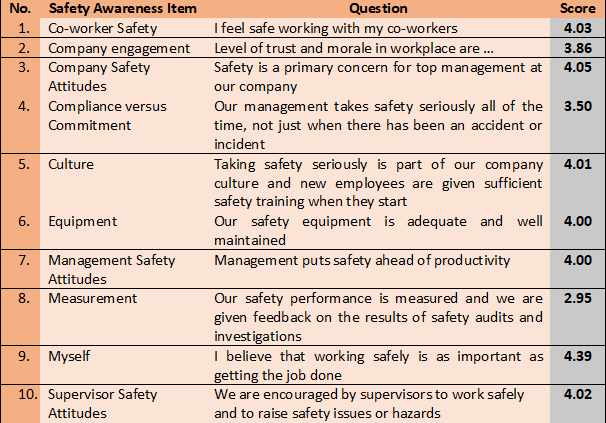
Key findings
Analysis of the safety survey indicated the following:
- Employees feel safe working in this company as the safety culture is considered of high importance by the top management (items 1, 6, and 9).
- Training lessons that promote safety awareness are conducted periodically, especially for the new workforce and management/supervisors’ safety attitude is at a decent level (items 3, 5, 7 and 10).
- The area that requires improvement is “Measurement” (item 8), as the survey indicated inadequate communication of the results which arise from safety audits and investigations.
Finally, it is also useful, the results of any similar survey to be compared to the benchmarking average as this practice may lead to an improvement for the whole industry in general.




